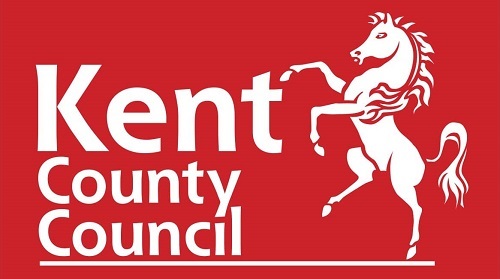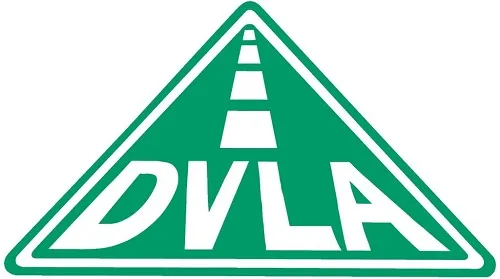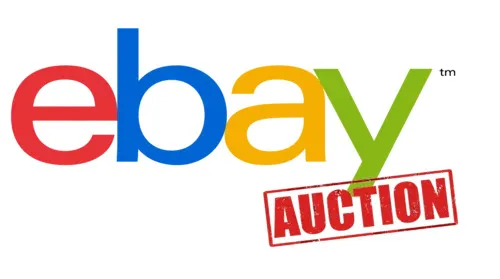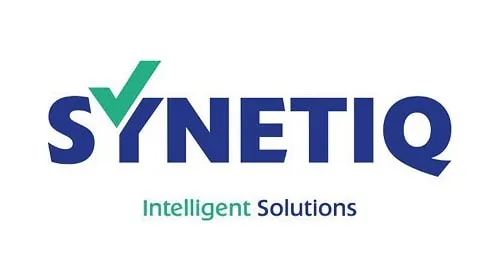WEEE Recycling Guide
Reclamet Limited
View ALL WASTE SERVICES
Reclamet Limited
View ALL WASTE SERVICES
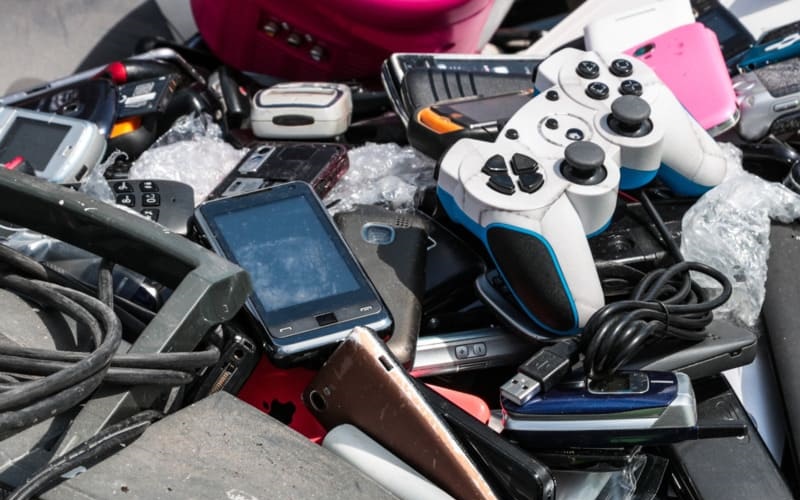
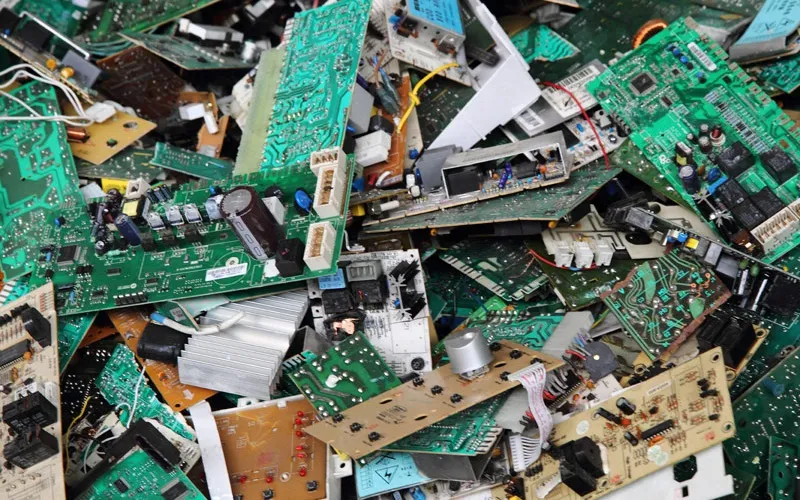
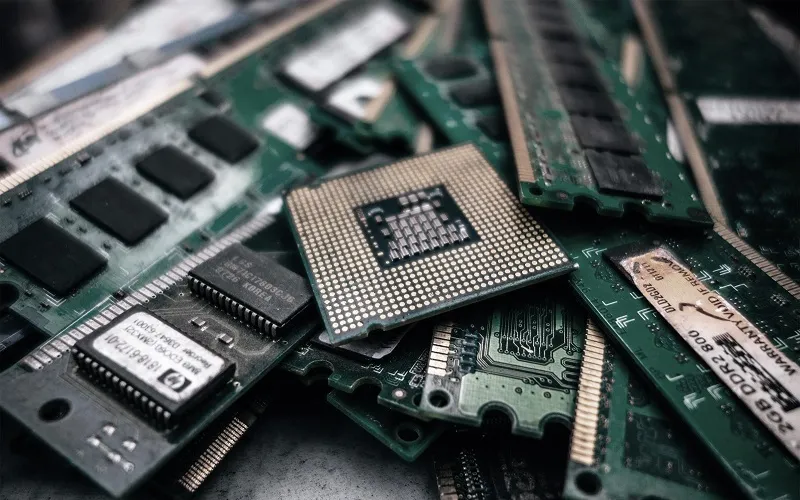
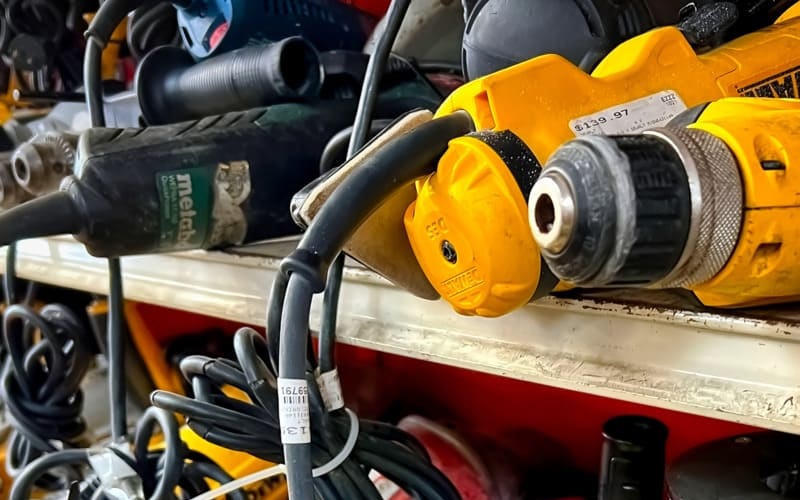
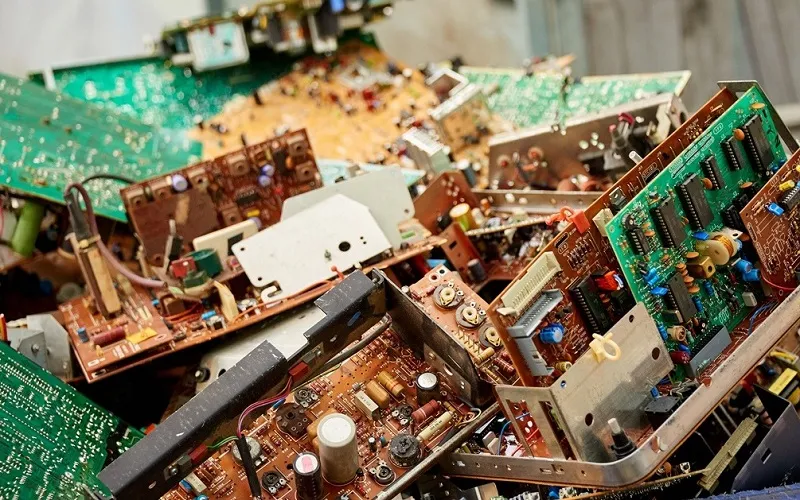
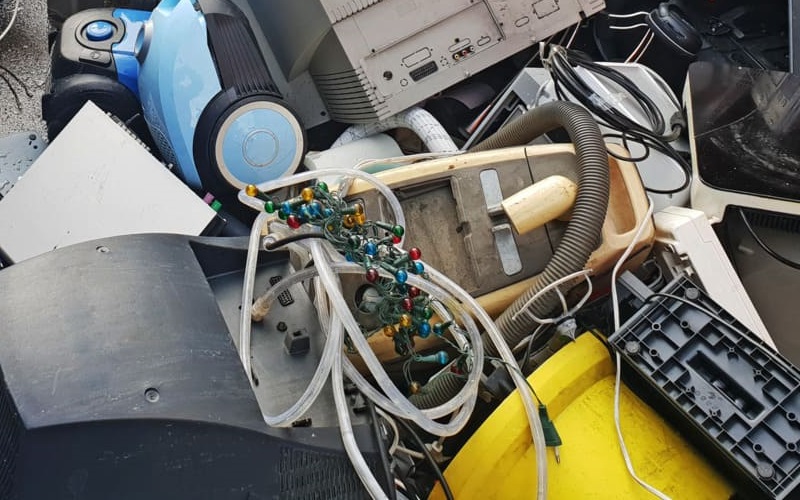
WEEE recycling guide
WEEE Recycling has become an increasingly vital part of the waste and recycling industry. Please read our guide to everything you need to know about WEEE recycling.
What is WEEE?
WEEE stands for Waste Electric and Electronic Equipment, applying to all end-of-life electronic or electrical equipment. WEEE is divided into two categories non-household and household WEEE.
About WEEE regulations
As part of a European Union initiative, the WEEE directive (Waste Electric and Electronic Equipment Directive) became law in 2003, making it a requirement for businesses that distribute or manufacture electronic or electrical equipment to be accountable for its disposal. The adoption of WEEE regulations was introduced in the UK in 2006, and since then, it has been amended by new legislation in 2013. This legislation established the requirements for the recovery, recycling, reuse and treatment of WEEE.
Before the introduction of the WEE directive in the UK, electronic and electrical products were gathered as part of household waste. However, since 2006 the recycling of WEEE has been a fast-growing sub-sector, increasing economic value to the economy. Waste electrical items can harm the environment as well as animal and human health. The directive aims to reduce the impact of WEEE waste landing in landfills by minimising waste, encouraging recycling and adding an incentive to produce more environmentally friendly products.
WEEE requirements
The law makes it clear that electronic and electrical equipment producers are financially responsible for the environmental impact of goods they place on the market, mainly when WEEE products are classed as waste. Effectively, all producers must manage the collection, treatment and recycling of WEEE. All producers must register with or create a registered compliance scheme. Failure to follow these waste regulations can result in a fine of up to £5,000 and further prosecution.
WEEE recycling standards
There are ten categories outlined in the current version of WEEE legislation. These are:
- Larger household appliances (e.g. fridges, cookers, washing machines)
- Smaller appliances (e.g. vacuum cleaners, irons, toasters)
- IT equipment (e.g. computers, printers, scanners)
- Consumer equipment (e.g. radios, TVs, camcorders)
- Lighting (e.g. lamps, fluorescent tubes)
- Electrical tools (e.g. drills, sewing machines, saws)
- Toys and leisure (e.g. gaming consoles, battery-powered toys, exercise machines)
- Medical devices (e.g. dialysis machines, analysers, medical freezers)
- Monitoring and control equipment (e.g. smoke detectors, thermostats)
- Automatic dispensers (e.g. drink, food and cash dispensers)
However, these categories are expected to be expanded at some point in 2019.
How does WEEE recycling work?
Legally obliged to handle their waste under WEEE regulations, businesses have what is deemed a “duty of care” relating to how WEEE they produce is stored, moved and disposed of. This responsibility applies from the creation of the electronic or electrical product to when it is recovered, destroyed or recycled.
Often WEEE products are complex and challenging to recycle, and different treatments are used for WEEE products in the recycling process. This varies depending on the technology used and the category of the WEEE product. It is common for waste electrical or electronic products to contain hazardous materials, such as cadmium, lead, mercury and arsenic, as some examples.
It is required by law that businesses are directly responsible for recycling WEEE and must be licensed and experienced to deal with these materials. Scrap metal businesses need a waste carrier’s license for WEEE recycling, disposal and treatment. The recycling facility must be an Authorised Treatment Facility(AATF).
WEEE collection and disposal
It is worth noting that nothing about WEEE regulations implies a company (or obligated producer) must physically dispose of electrical waste themselves. Usually, such arrangements are made when signing up for a registered compliance scheme. The majority of companies fulfil their obligations by agreement with a licensed AATF. They, in turn, manage all aspects of the WEEE recycling process.
In short, WEEE regulations ensure businesses minimise the environmental impact of the electrical and electronic equipment they produce. The UK disposes of over 1 million tonnes of WEEE equipment per year, and these products must be either repaired or recycled rather than risk polluting toxins in landfill sites. The WEEE Directive is responsible for massively improved electrical and electronic equipment recycling rates.
Reclamet Limited is more than happy to support this vital industry.
Call: 01843 800800
Email: enquiries@reclamet.co.uk

WEEE recycling guide
WEEE Recycling has become an increasingly vital part of the waste and recycling industry. Please read our guide to everything you need to know about WEEE recycling.
What is WEEE?
WEEE stands for Waste Electric and Electronic Equipment, applying to all end-of-life electronic or electrical equipment. WEEE is divided into two categories non-household and household WEEE.
About WEEE regulations
As part of a European Union initiative, the WEEE directive (Waste Electric and Electronic Equipment Directive) became law in 2003, making it a requirement for businesses that distribute or manufacture electronic or electrical equipment to be accountable for its disposal. The adoption of WEEE regulations was introduced in the UK in 2006, and since then, it has been amended by new legislation in 2013. This legislation established the requirements for the recovery, recycling, reuse and treatment of WEEE.
Before the introduction of the WEE directive in the UK, electronic and electrical products were gathered as part of household waste. However, since 2006 the recycling of WEEE has been a fast-growing sub-sector, increasing economic value to the economy. Waste electrical items can harm the environment as well as animal and human health. The directive aims to reduce the impact of WEEE waste landing in landfills by minimising waste, encouraging recycling and adding an incentive to produce more environmentally friendly products.
WEEE requirements
The law makes it clear that electronic and electrical equipment producers are financially responsible for the environmental impact of goods they place on the market, mainly when WEEE products are classed as waste. Effectively, all producers must manage the collection, treatment and recycling of WEEE. All producers must register with or create a registered compliance scheme. Failure to follow these waste regulations can result in a fine of up to £5,000 and further prosecution.
WEEE recycling standards
There are ten categories outlined in the current version of WEEE legislation. These are:
- Larger household appliances (e.g. fridges, cookers, washing machines)
- Smaller appliances (e.g. vacuum cleaners, irons, toasters)
- IT equipment (e.g. computers, printers, scanners)
- Consumer equipment (e.g. radios, TVs, camcorders)
- Lighting (e.g. lamps, fluorescent tubes)
- Electrical tools (e.g. drills, sewing machines, saws)
- Toys and leisure (e.g. gaming consoles, battery-powered toys, exercise machines)
- Medical devices (e.g. dialysis machines, analysers, medical freezers)
- Monitoring and control equipment (e.g. smoke detectors, thermostats)
- Automatic dispensers (e.g. drink, food and cash dispensers)
However, these categories are expected to be expanded at some point in 2019.
How does WEEE recycling work?
Legally obliged to handle their waste under WEEE regulations, businesses have what is deemed a “duty of care” relating to how WEEE they produce is stored, moved and disposed of. This responsibility applies from the creation of the electronic or electrical product to when it is recovered, destroyed or recycled.
Often WEEE products are complex and challenging to recycle, and different treatments are used for WEEE products in the recycling process. This varies depending on the technology used and the category of the WEEE product. It is common for waste electrical or electronic products to contain hazardous materials, such as cadmium, lead, mercury and arsenic, as some examples.
It is required by law that businesses are directly responsible for recycling WEEE and must be licensed and experienced to deal with these materials. Scrap metal businesses need a waste carrier’s license for WEEE recycling, disposal and treatment. The recycling facility must be an Authorised Treatment Facility(AATF).
WEEE collection and disposal
It is worth noting that nothing about WEEE regulations implies a company (or obligated producer) must physically dispose of electrical waste themselves. Usually, such arrangements are made when signing up for a registered compliance scheme. The majority of companies fulfil their obligations by agreement with a licensed AATF. They, in turn, manage all aspects of the WEEE recycling process.
In short, WEEE regulations ensure businesses minimise the environmental impact of the electrical and electronic equipment they produce. The UK disposes of over 1 million tonnes of WEEE equipment per year, and these products must be either repaired or recycled rather than risk polluting toxins in landfill sites. The WEEE Directive is responsible for massively improved electrical and electronic equipment recycling rates.
As a licensed AATF, Reclamet is more than happy to support this vital industry.
Call: 01843 800800
Email: enquiries@reclamet.co.uk

